Home>Construction & Tools>Building Materials>How To Match Brick On A House
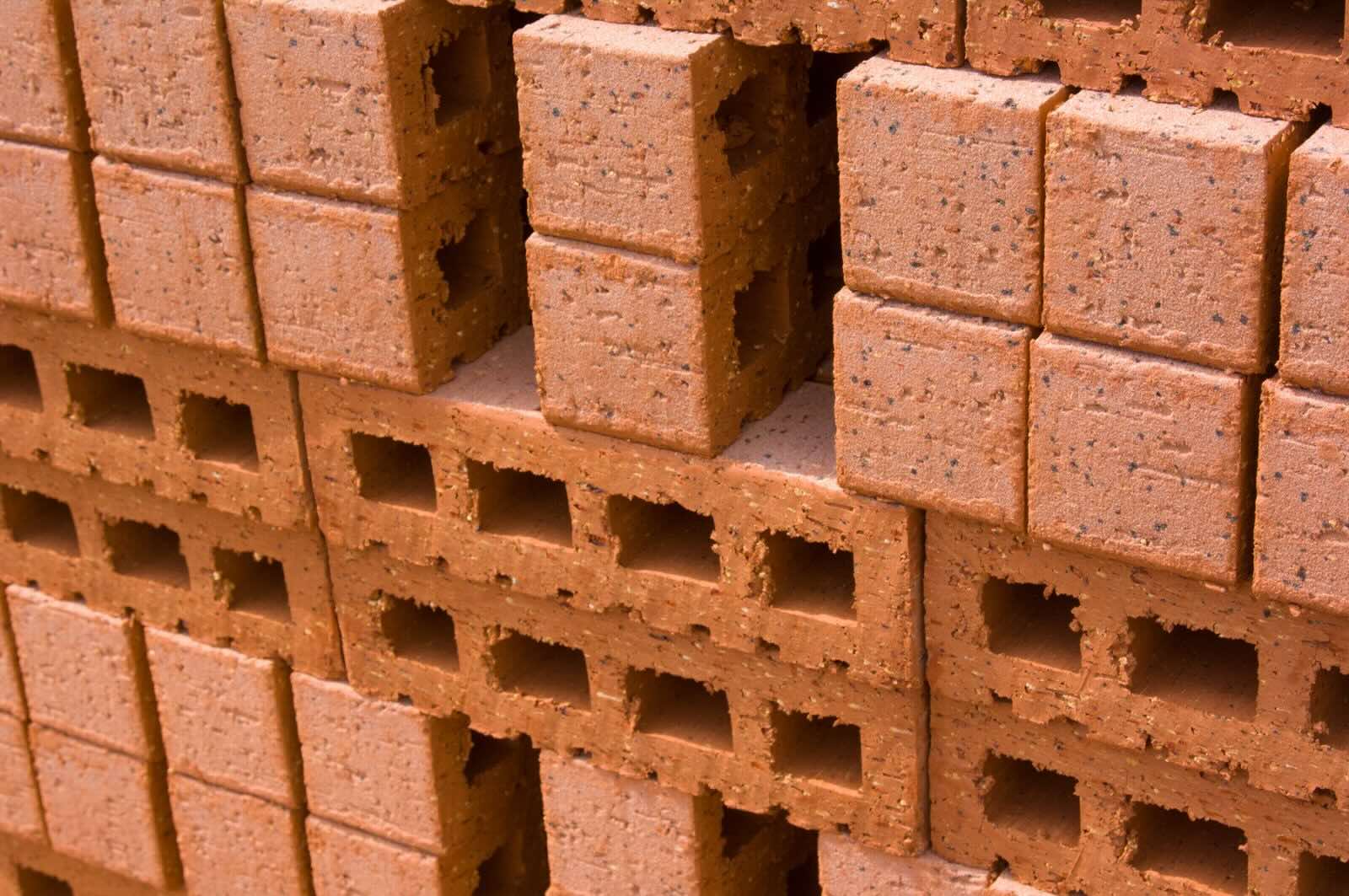

Building Materials
How To Match Brick On A House
Modified: September 1, 2024
Learn how to match brick on a house using the right building materials. Discover expert tips for seamless integration and a cohesive exterior design.
(Many of the links in this article redirect to a specific reviewed product. Your purchase of these products through affiliate links helps to generate commission for Storables.com, at no extra cost. Learn more)
Introduction
When it comes to home exteriors, few materials exude timeless charm and enduring appeal like brick. Whether adorning a historic brownstone or a modern suburban residence, brick offers a classic aesthetic that stands the test of time. However, as homes age or undergo renovations, matching existing brick or finding complementary new brick can be a challenging task. In this guide, we will explore the art of seamlessly matching brick on a house, from assessing the existing brick to laying the new bricks with precision. Whether you're aiming to repair damaged sections, expand your home, or simply refresh its façade, understanding the nuances of brick matching is crucial for achieving a cohesive and visually pleasing result.
Matching brick on a house involves more than just finding a similar color or size. Factors such as texture, weathering, and mortar type play pivotal roles in achieving a seamless blend. By delving into the intricacies of this process, homeowners, contractors, and DIY enthusiasts can gain the insight needed to tackle brick-matching projects with confidence. So, let's embark on this journey through the world of brick, where tradition meets craftsmanship, and where attention to detail yields remarkable transformations.
Key Takeaways:
- Matching brick on a house involves assessing existing brick, finding the right match, preparing the surface, laying new bricks with precision, and adding finishing touches for a visually cohesive and enduring result.
- Thoroughly evaluating existing brick, selecting compatible new bricks, and paying attention to detail during installation are crucial for seamlessly integrating new bricks with the old ones.
Read more: How To Whitewash A Brick House
Assessing the Existing Brick
Before embarking on a brick-matching endeavor, it is essential to thoroughly assess the existing brick on your house. Start by examining the color, texture, and size of the bricks. Over time, exposure to the elements can cause bricks to weather, resulting in subtle changes in color and texture. Additionally, the original mortar may have undergone weathering, further influencing the overall appearance of the brickwork.
Take note of any damaged or discolored bricks, as these will need to be replaced with matching counterparts. It’s important to consider the age of the existing brick, as older bricks may exhibit a patina or weathering that is challenging to replicate with new bricks. Understanding the unique characteristics of the original brickwork is crucial for achieving a harmonious match.
Furthermore, pay attention to the mortar joints. The type and style of mortar used in the existing brickwork contribute significantly to its overall aesthetic. By identifying the mortar type and assessing its condition, you can determine whether any repointing or mortar restoration is necessary to ensure a seamless blend with the new bricks.
Another aspect to consider is the architectural style of your home. Different architectural styles often feature distinct brick patterns and bond types. Familiarize yourself with the specific bricklaying techniques and patterns used in your home’s construction, as replicating these patterns will be essential for maintaining architectural integrity.
Finally, consider the overall condition of the existing brickwork. Are there any structural issues, such as cracks or bulging bricks, that need attention? Addressing any structural concerns before proceeding with brick matching is imperative for ensuring the longevity and stability of the renovated or expanded areas.
By meticulously assessing the existing brick, including its color, texture, size, mortar, architectural style, and overall condition, you will lay a strong foundation for the brick-matching process. This thorough evaluation sets the stage for successfully integrating new bricks while preserving the timeless allure of your home’s exterior.
Finding the Right Brick
Once you have assessed the existing brick on your house, the next step is to find the right brick to match or complement it. This entails navigating a myriad of options to identify bricks that harmonize with the color, texture, size, and overall aesthetic of the original brickwork.
Begin your search by exploring brick suppliers and manufacturers known for their diverse selection and quality craftsmanship. Many suppliers offer samples or display panels that showcase various brick options, allowing you to compare them directly with your existing brick. Take advantage of these resources to visually and tactilely assess the compatibility of different brick choices with your home’s exterior.
When evaluating potential brick options, consider the color variations present in the original brickwork. Bricks often exhibit subtle tonal differences, and selecting a blend of bricks with similar hues can help achieve a cohesive appearance. Additionally, take into account the texture of the existing bricks. Whether smooth, lightly textured, or heavily weathered, finding new bricks that align with the texture of the original brickwork is pivotal for a seamless match.
Size and shape are equally important considerations. Ensure that the dimensions of the new bricks align with those of the existing ones, as even slight variations can disrupt the visual continuity of the brickwork. Whether standard or custom-sized bricks are required, working with a supplier that offers a range of size options can facilitate the selection process.
Moreover, inquire about custom blending services offered by brick manufacturers. These services allow for the creation of custom brick blends tailored to match specific color and texture requirements. By leveraging custom blending, you can achieve a precise match that seamlessly integrates new bricks with the existing ones, ensuring a cohesive and visually appealing result.
Throughout the selection process, keep in mind the architectural style and character of your home. Whether it’s a historic colonial, a rustic farmhouse, or a contemporary structure, aligning the new bricks with the architectural context is essential for preserving the integrity of the home’s design.
By diligently exploring brick options, considering color, texture, size, and architectural relevance, and leveraging custom blending services when necessary, you can navigate the process of finding the right brick with confidence. This thoughtful approach sets the stage for a successful brick-matching endeavor, ensuring that the new bricks seamlessly integrate with the existing ones, revitalizing your home’s exterior with enduring charm and elegance.
Preparing the Surface
Before laying the new bricks, proper surface preparation is essential to ensure a durable and visually cohesive result. Whether you are replacing damaged sections, expanding the brickwork, or integrating new bricks with the existing ones, meticulous surface preparation sets the stage for a successful brick-matching project.
Commence the preparation process by thoroughly cleaning the existing brickwork. Over time, dirt, grime, and organic matter can accumulate on the surface, affecting the appearance and adhesion of new bricks. Utilize a gentle yet effective cleaning method appropriate for the specific type of brick and mortar used in your home. This may involve pressure washing, scrubbing with a mild detergent, or employing specialized brick cleaning solutions to restore the original luster of the brickwork.
Once the brickwork is clean and free of debris, assess the condition of the mortar joints. Any deteriorated or damaged mortar should be addressed through repointing, a process that involves removing the old mortar and replacing it with fresh mortar. Matching the mortar type, color, and joint style of the existing brickwork is crucial for achieving a seamless transition between the old and new bricks.
After addressing any mortar restoration needs, it’s essential to ensure that the surface is level and structurally sound. Inspect the substrate beneath the brickwork for stability and integrity, making any necessary repairs or reinforcements to mitigate potential issues. A flat, stable surface is vital for the proper installation and alignment of new bricks.
Depending on the scope of the project, you may need to consider additional surface preparation steps, such as installing expansion joints or moisture barriers to accommodate environmental factors and prevent future issues. These considerations are particularly important when integrating new brick sections with existing ones, as they contribute to the longevity and resilience of the entire brick assembly.
By meticulously preparing the surface, including cleaning the existing brickwork, addressing mortar needs, ensuring structural integrity, and implementing additional measures as necessary, you lay the groundwork for a seamless and enduring brick-matching endeavor. Thoughtful surface preparation not only enhances the visual cohesion of the brickwork but also contributes to its long-term performance and resilience against environmental elements.
When matching brick on a house, take a sample of the existing brick to a local supplier and compare it to their selection. Look for a close match in color, size, and texture for the best result.
Laying the New Brick
With the surface meticulously prepared, it’s time to embark on the intricate process of laying the new bricks. Whether you are replacing damaged sections, expanding the brickwork, or integrating new bricks with the existing ones, precision and attention to detail are paramount for achieving a seamless and visually appealing result.
Start by carefully positioning the new bricks alongside the existing ones to assess their alignment and fit. This step is crucial for ensuring that the new bricks seamlessly integrate with the old ones, maintaining a consistent bond pattern and overall aesthetic harmony. Pay close attention to the placement of each brick, ensuring uniform joint spacing and alignment with adjacent bricks.
When laying the new bricks, it’s essential to use the appropriate mortar and techniques to achieve a cohesive bond with the existing brickwork. Match the mortar type, color, and joint style of the original brickwork to create a seamless transition between the old and new bricks. Consistency in mortar application and joint finishing is key to achieving a uniform and visually pleasing result.
Throughout the installation process, maintain a keen eye for detail, addressing any discrepancies in brick alignment, joint spacing, or surface leveling. Properly tooling the mortar joints and ensuring clean, uniform finishes contribute to the overall professional appearance of the brickwork.
For more extensive projects involving the integration of new brick sections with existing ones, consider blending the new and old bricks during installation. This technique involves strategically mixing new and salvaged bricks to create a cohesive transition, particularly effective for seamlessly extending existing brickwork or repairing damaged areas.
As you lay the new bricks, periodically step back to assess the overall visual continuity and alignment with the existing brickwork. This step allows for timely adjustments and ensures that the new bricks blend seamlessly with the original ones, resulting in a cohesive and visually harmonious brick assembly.
By approaching the process of laying the new bricks with precision, attention to detail, and a commitment to visual continuity, you can achieve a seamless integration of new bricks with the existing brickwork. Whether it’s a restoration, expansion, or repair project, the art of laying new bricks is instrumental in revitalizing your home’s exterior with enduring charm and timeless appeal.
Read more: How To Insulate A Brick House
Finishing Touches
As the new bricks are seamlessly integrated with the existing brickwork, attention turns to the final touches that elevate the overall aesthetic and durability of the brick assembly. These finishing touches encompass essential steps that enhance the visual cohesion, structural integrity, and long-term resilience of the brickwork.
One crucial aspect of the finishing process is the proper curing of the mortar. After the new bricks are laid, allowing the mortar to cure thoroughly is essential for achieving optimal strength and durability. Follow the manufacturer’s recommendations for mortar curing, which may involve protecting the brickwork from excessive moisture and temperature fluctuations during the initial curing period.
Inspect the newly integrated brick sections to ensure that the mortar has cured uniformly and that the overall brick assembly exhibits a cohesive and professional finish. Address any inconsistencies or imperfections promptly, employing appropriate remedies to refine the appearance and structural integrity of the brickwork.
Consider applying a protective sealant to the entire brick assembly to safeguard it against environmental elements and enhance its longevity. Quality sealants can help prevent moisture intrusion, minimize efflorescence, and protect the bricks and mortar from deterioration, contributing to the overall resilience and maintenance of the brickwork.
For projects involving the integration of new brick sections with existing ones, blending and weathering the new bricks to match the patina and weathering of the old bricks can further enhance the visual continuity of the brick assembly. This process involves carefully distressing the new bricks to simulate the weathered appearance of the existing ones, ensuring a seamless blend that transcends the delineation between old and new sections.
Finally, consider incorporating architectural details and accents, such as sills, lintels, or decorative elements, to enrich the visual appeal of the brickwork. Thoughtfully selected and skillfully installed architectural features can elevate the charm and character of the brick façade, adding a touch of distinction to the overall aesthetic.
By meticulously attending to the finishing touches, including proper mortar curing, protective sealing, weathering techniques, and architectural enhancements, you elevate the visual appeal and durability of the brick assembly. These final steps not only contribute to the cohesive integration of new bricks with the existing ones but also ensure that your home’s exterior exudes enduring charm, character, and resilience.
Conclusion
Matching brick on a house is a meticulous and rewarding endeavor that harmonizes tradition, craftsmanship, and aesthetic finesse. From assessing the existing brick to integrating new bricks with precision, this process embodies the art of preserving the timeless allure of brickwork while revitalizing and enhancing the exterior of your home.
By thoroughly evaluating the color, texture, size, and architectural context of the existing brickwork, you lay a foundation for identifying the right bricks to seamlessly match or complement the original aesthetic. Navigating the diverse options offered by brick suppliers and manufacturers, and leveraging custom blending services when necessary, empowers you to make informed choices that honor the character and integrity of your home’s design.
Proper surface preparation sets the stage for a durable and visually cohesive result, ensuring that the new bricks integrate seamlessly with the existing ones. Meticulous attention to detail during the laying process, including mortar selection, alignment, and blending techniques, culminates in a harmonious brick assembly that exudes enduring charm and elegance.
As the finishing touches are applied, from mortar curing and protective sealing to weathering techniques and architectural enhancements, the brickwork attains a refined and resilient character that transcends individual bricks, embodying a cohesive and enduring aesthetic.
In essence, the art of matching brick on a house is a testament to the enduring legacy of brickwork, where the past converges with the present to create a timeless and visually captivating exterior. Whether restoring, expanding, or refreshing your home’s façade, the meticulous attention to detail and the seamless integration of new bricks with the existing ones yield a transformation that celebrates the heritage and craftsmanship of brick, enriching the architectural narrative of your home.
Embrace the art of brick matching as a journey that honors tradition, craftsmanship, and the enduring appeal of brick, and let it breathe new life into the exterior of your home, enriching it with timeless charm and character.
Frequently Asked Questions about How To Match Brick On A House
Was this page helpful?
At Storables.com, we guarantee accurate and reliable information. Our content, validated by Expert Board Contributors, is crafted following stringent Editorial Policies. We're committed to providing you with well-researched, expert-backed insights for all your informational needs.
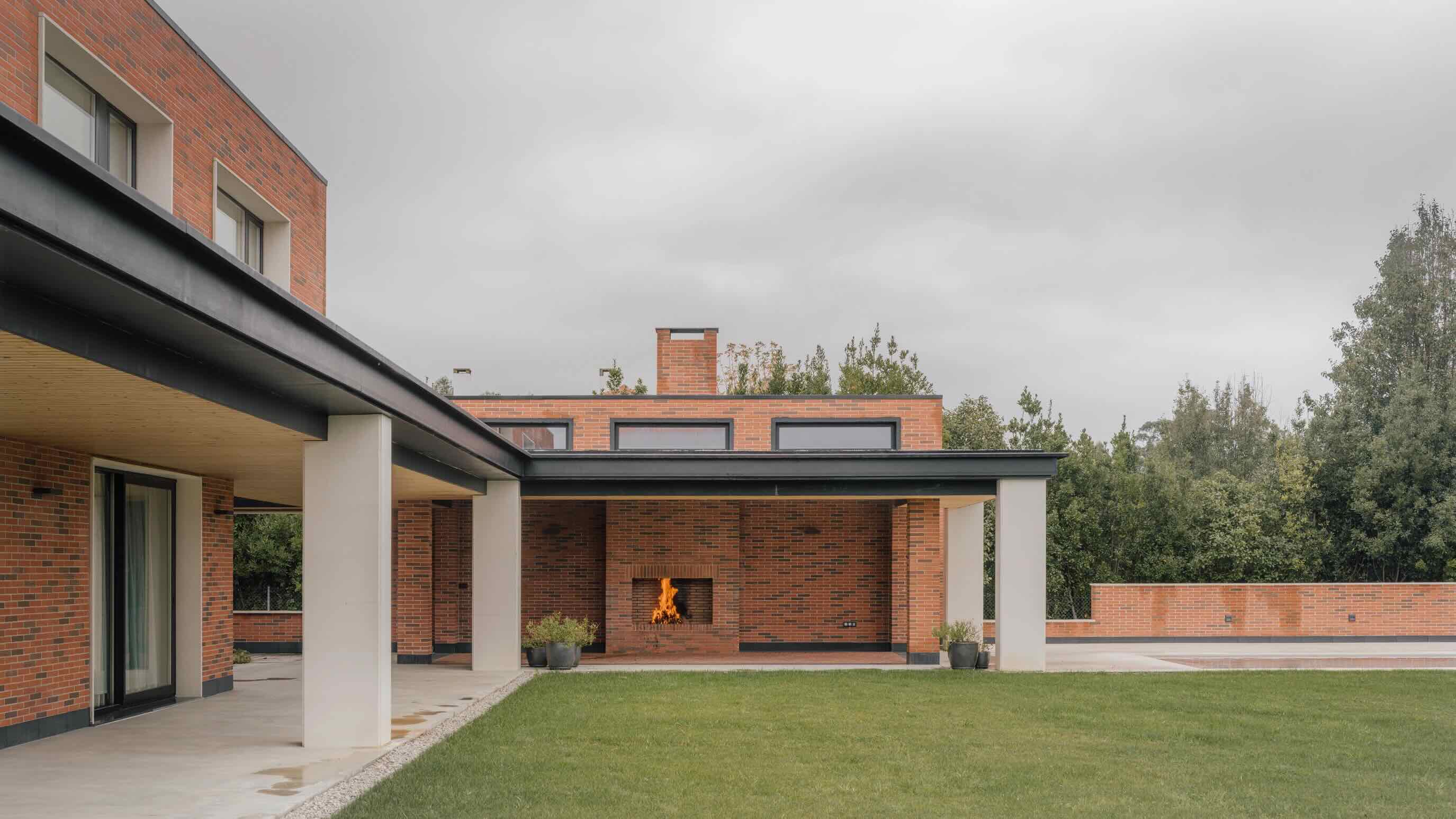
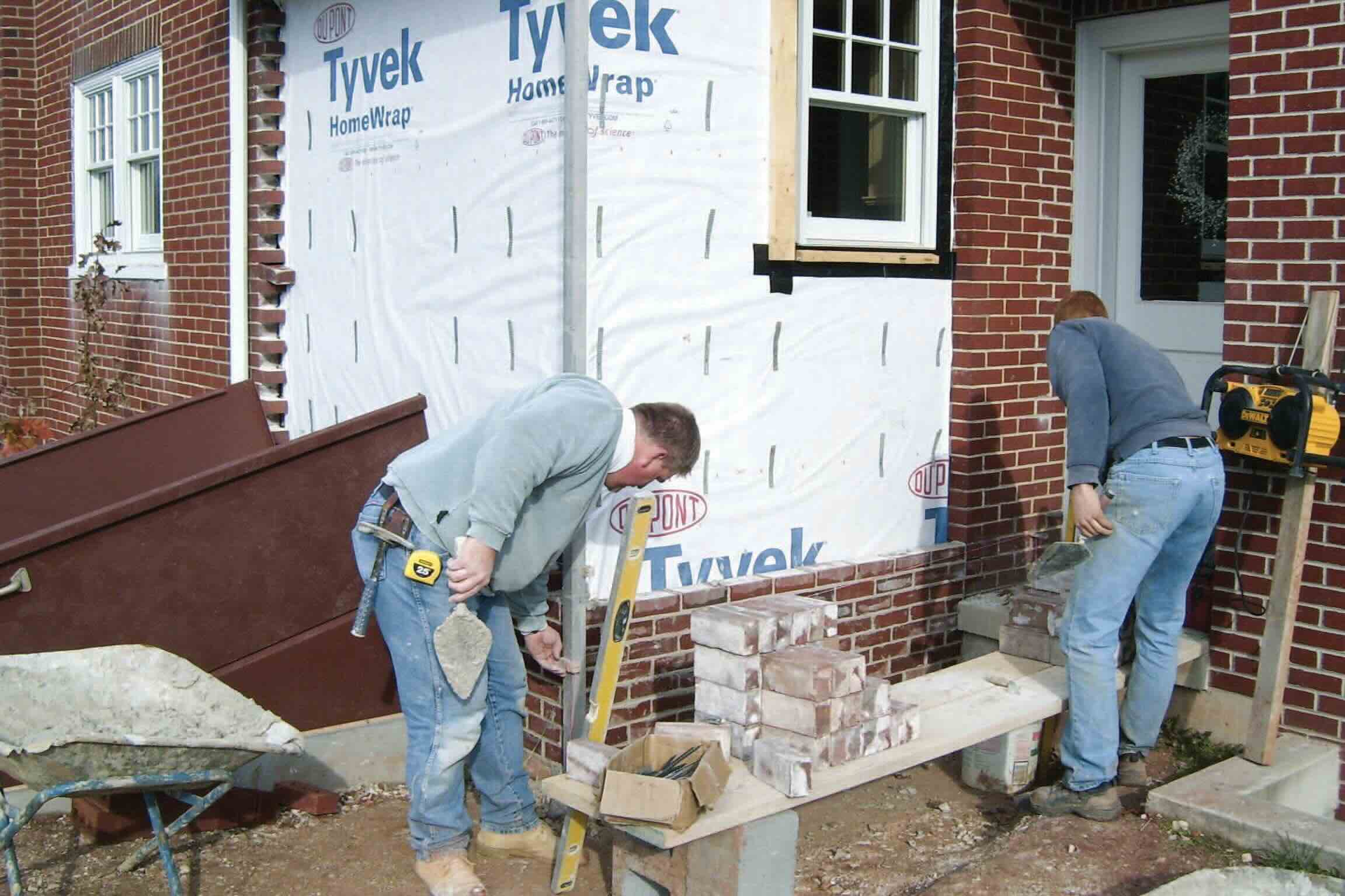

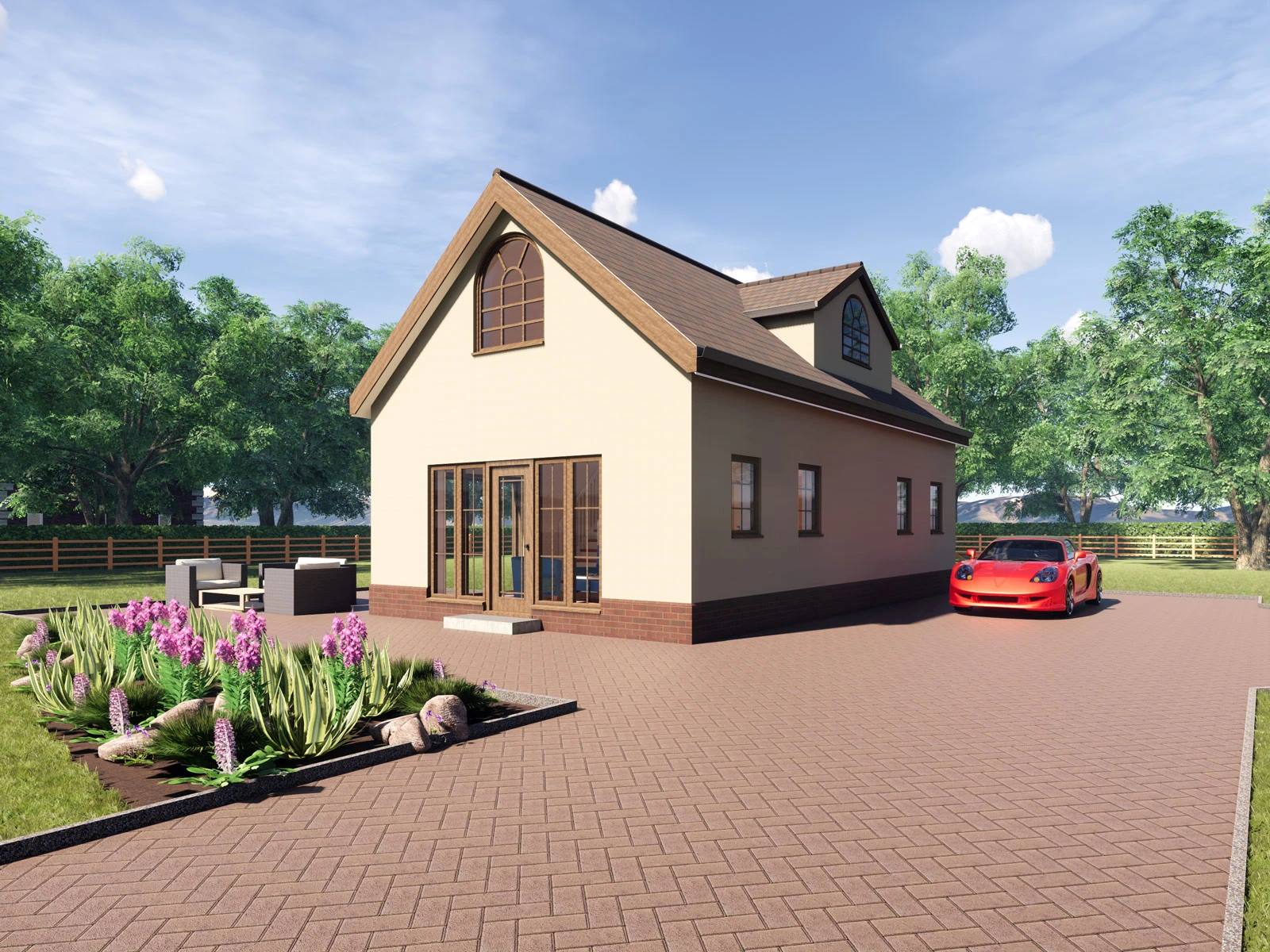
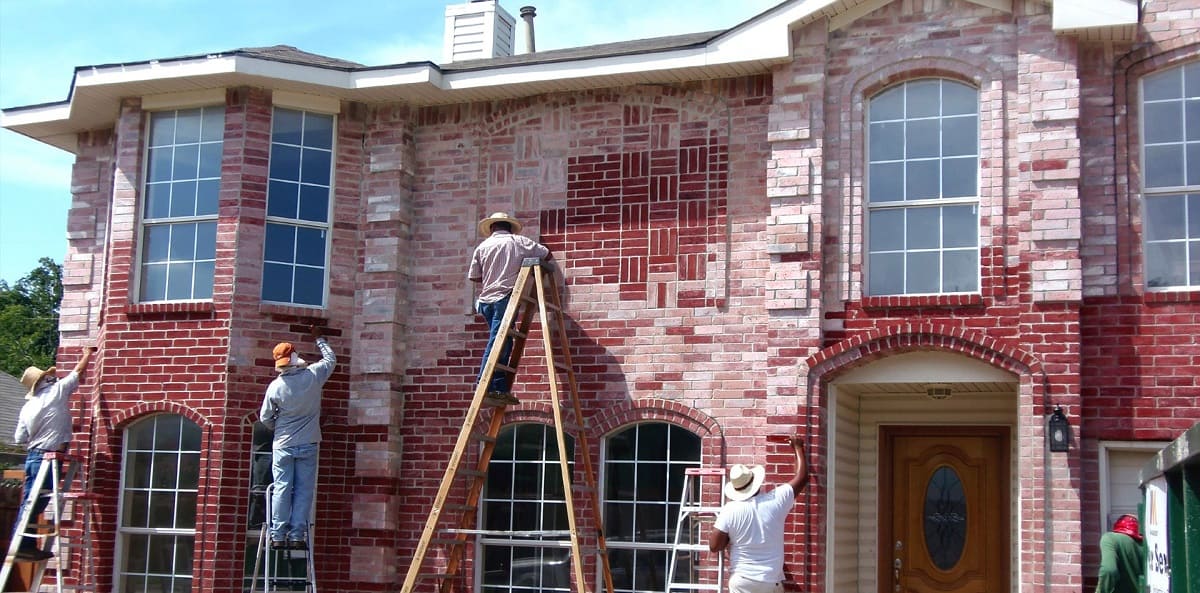
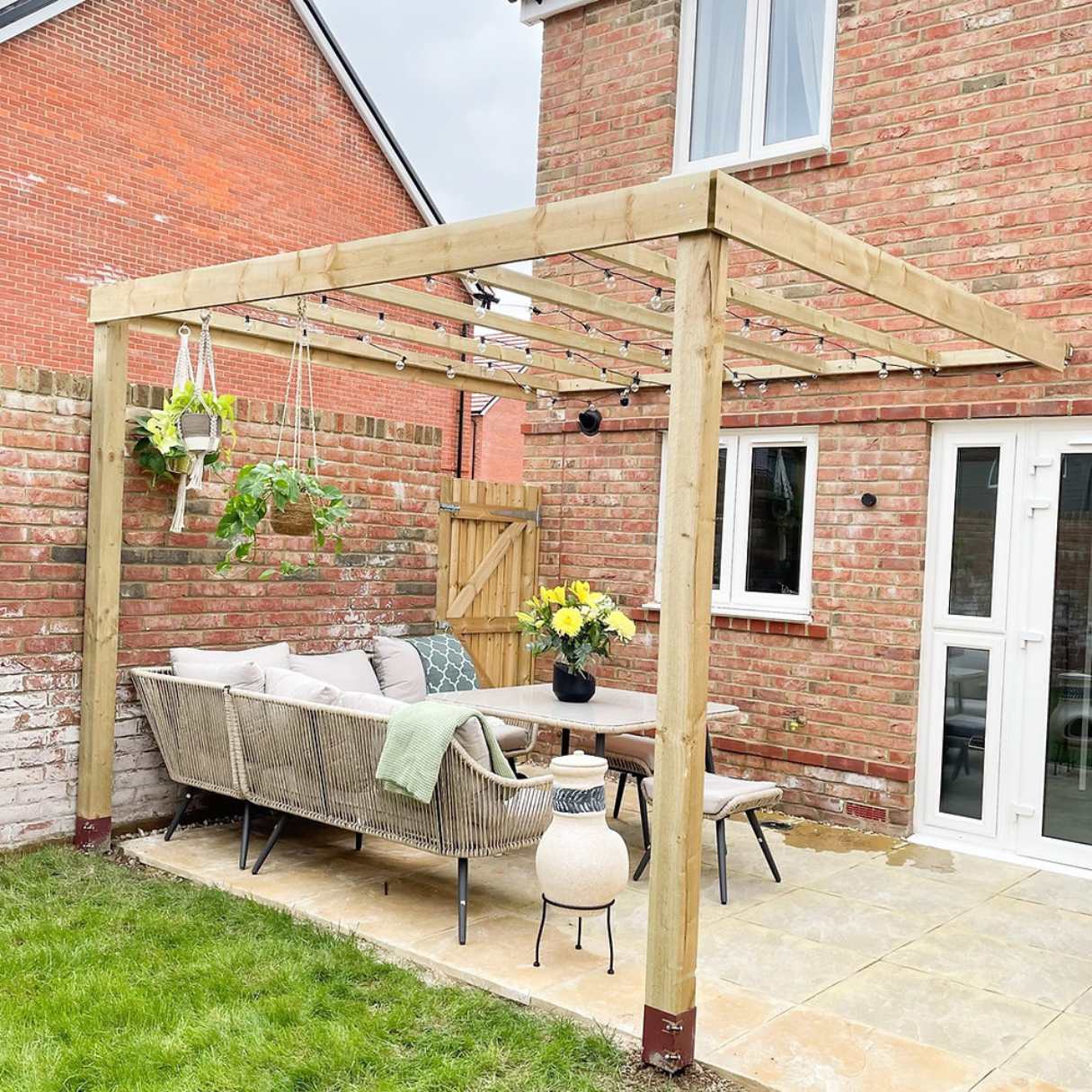
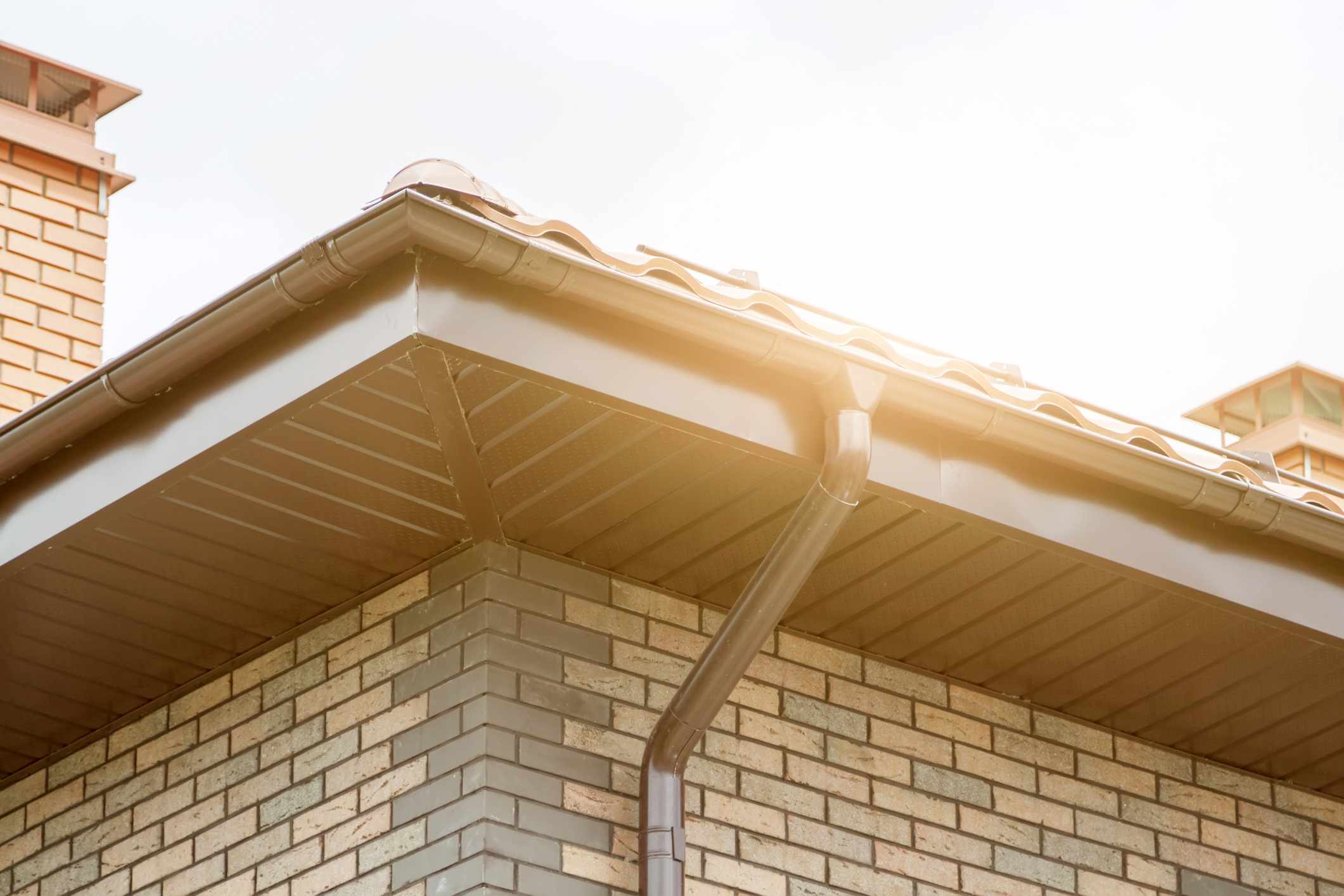
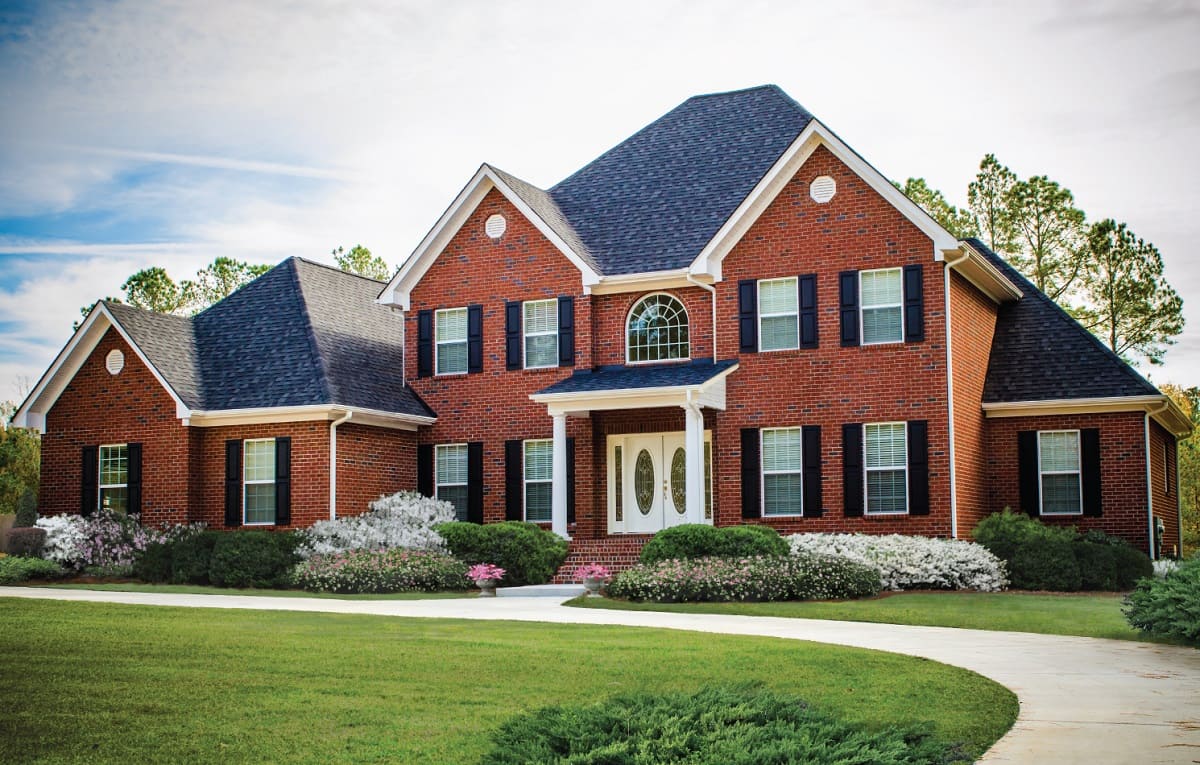
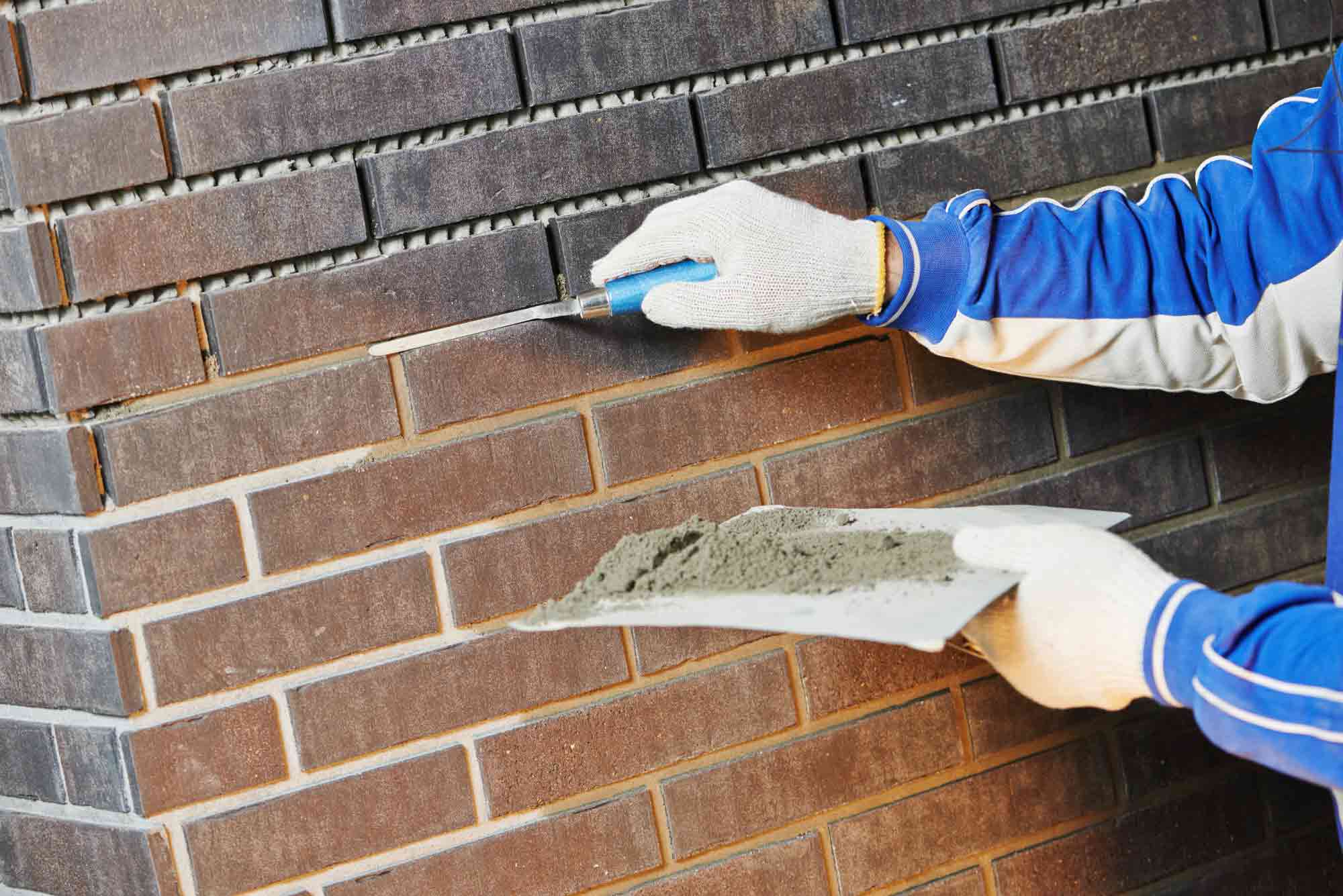

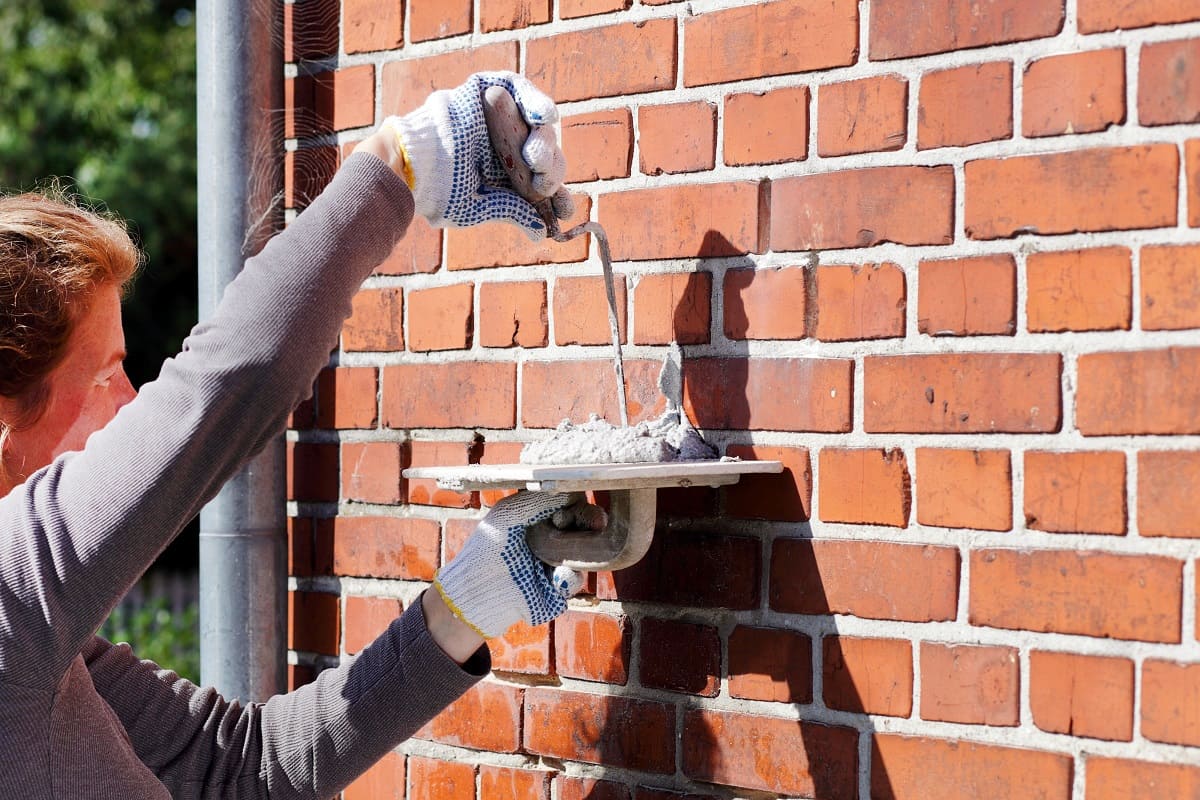
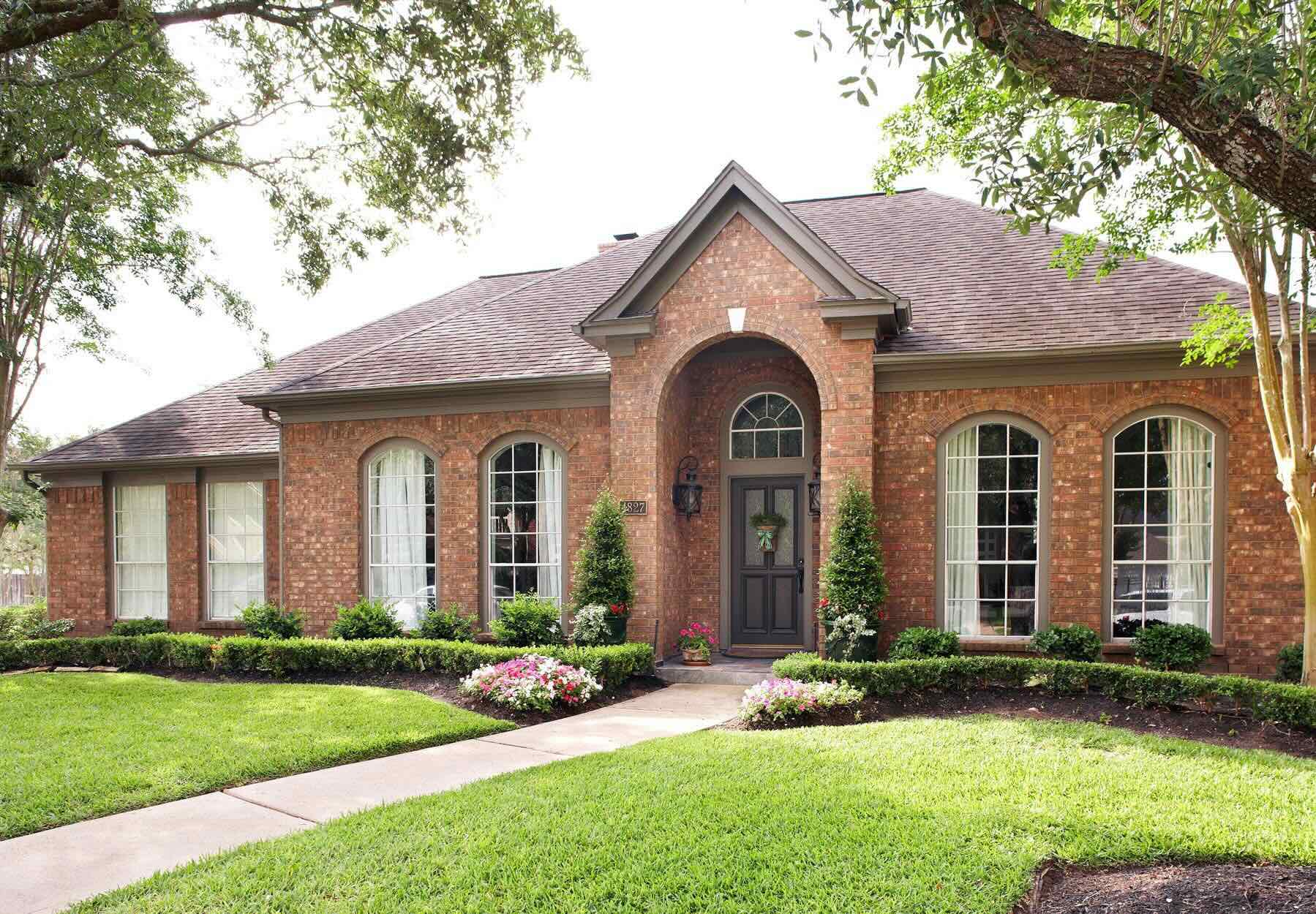
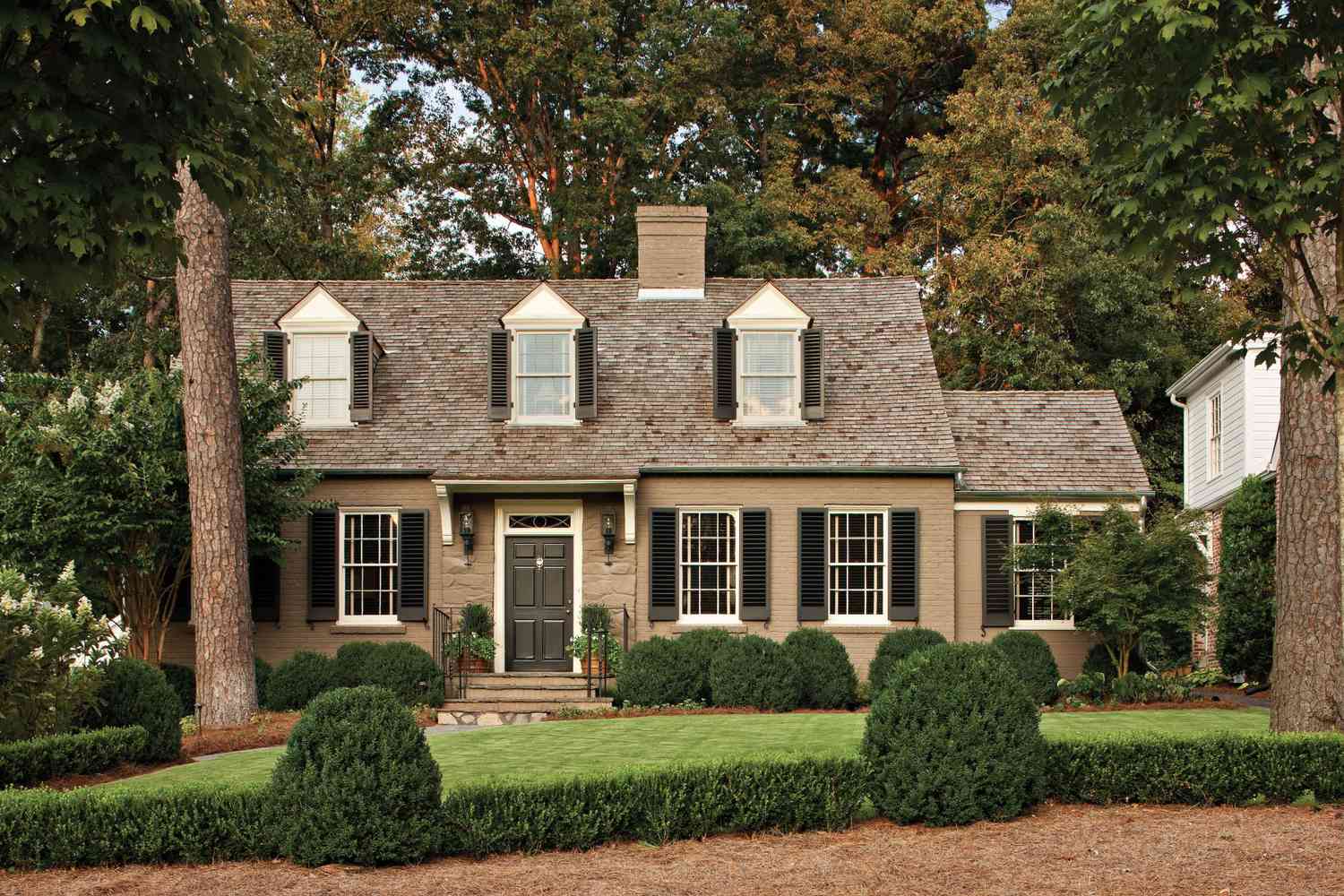
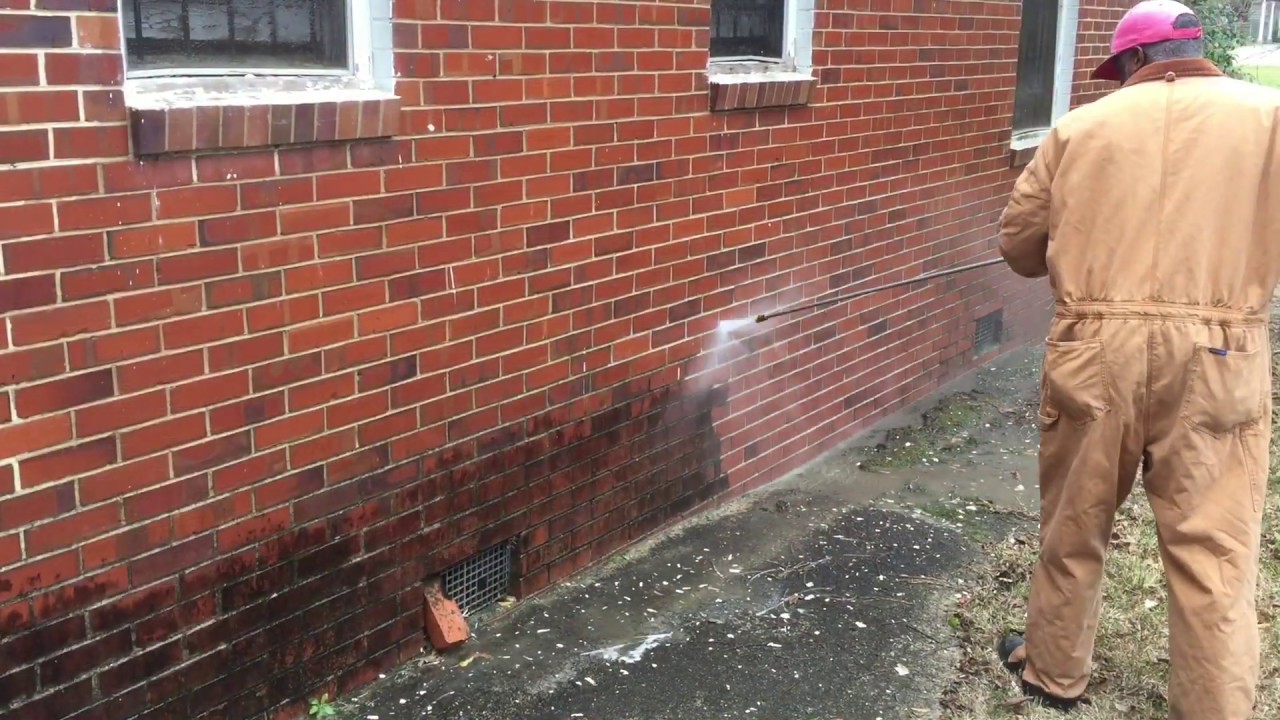

0 thoughts on “How To Match Brick On A House”